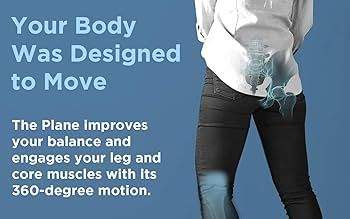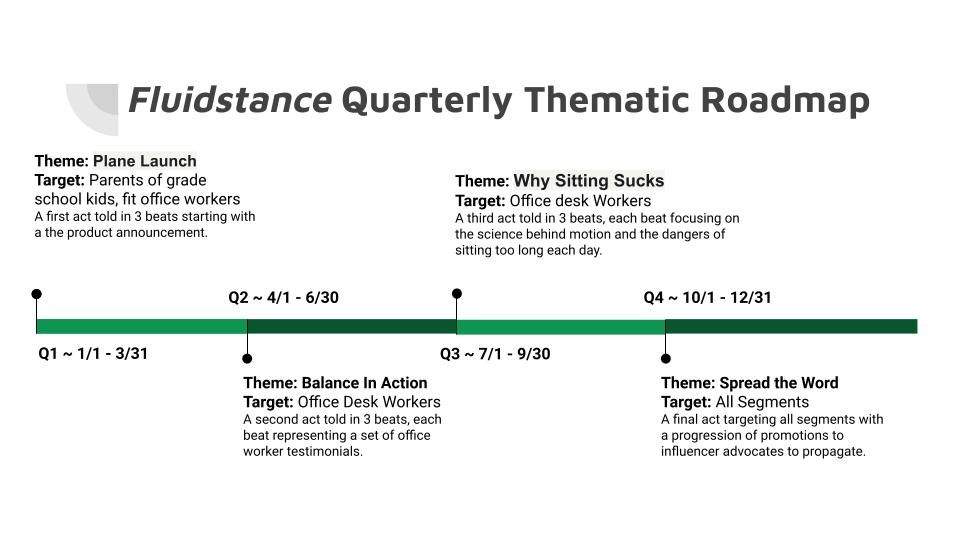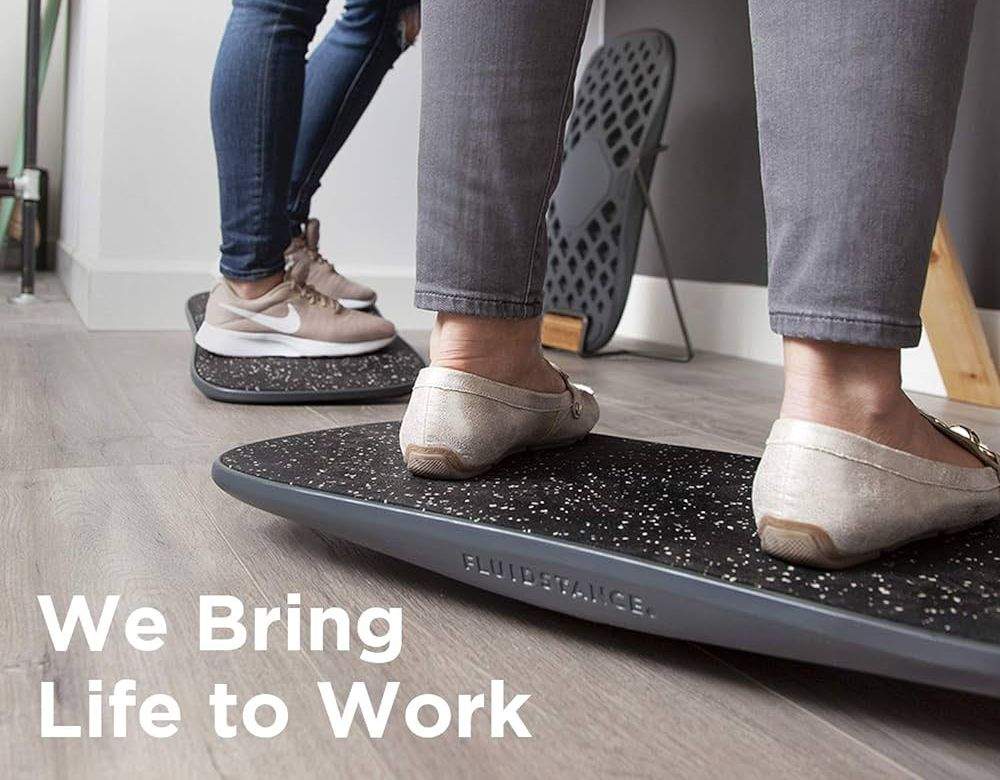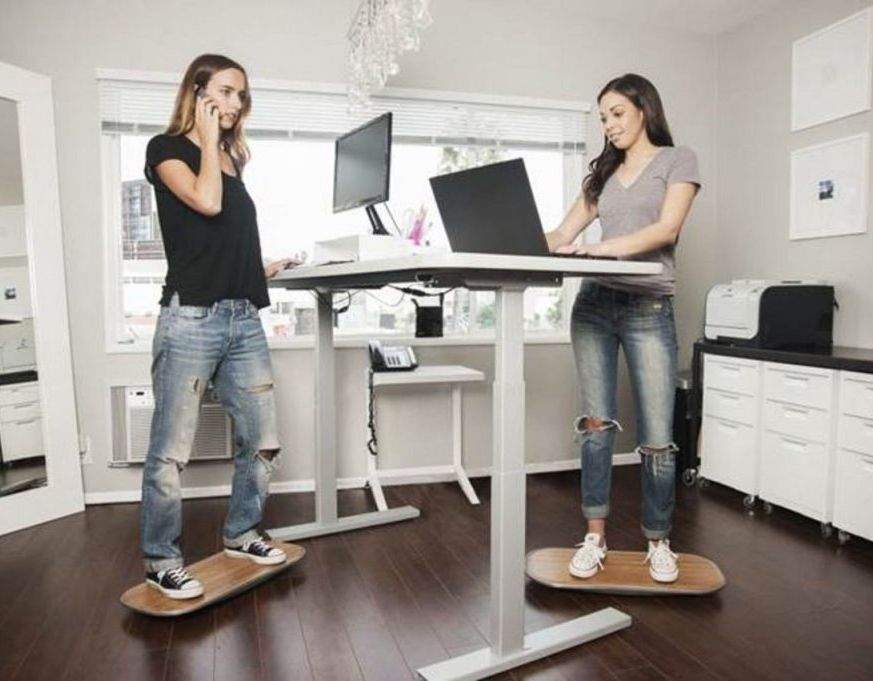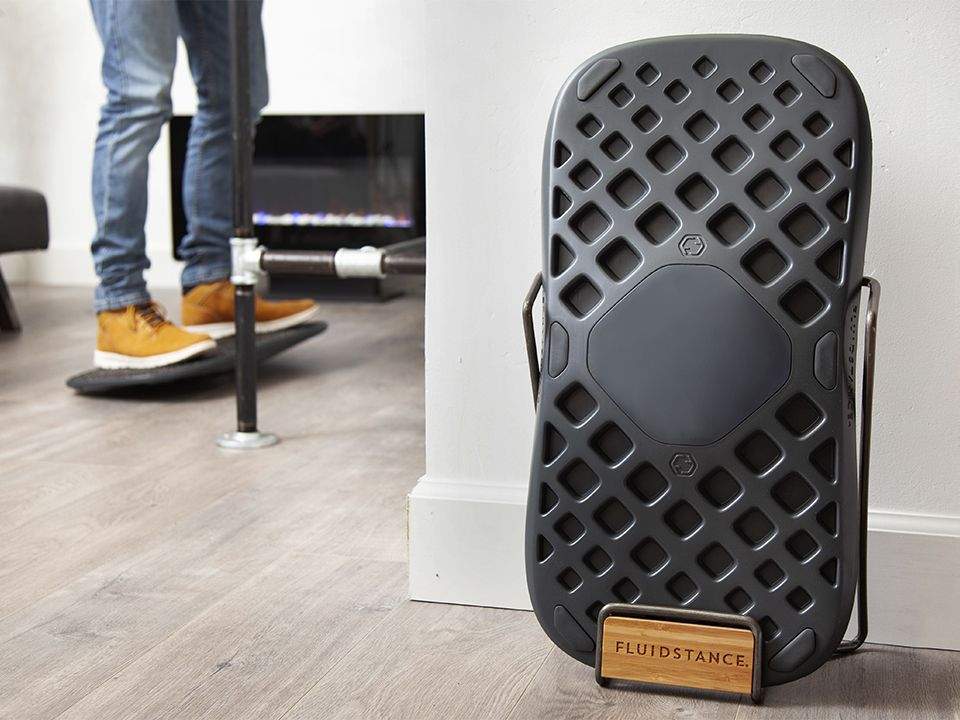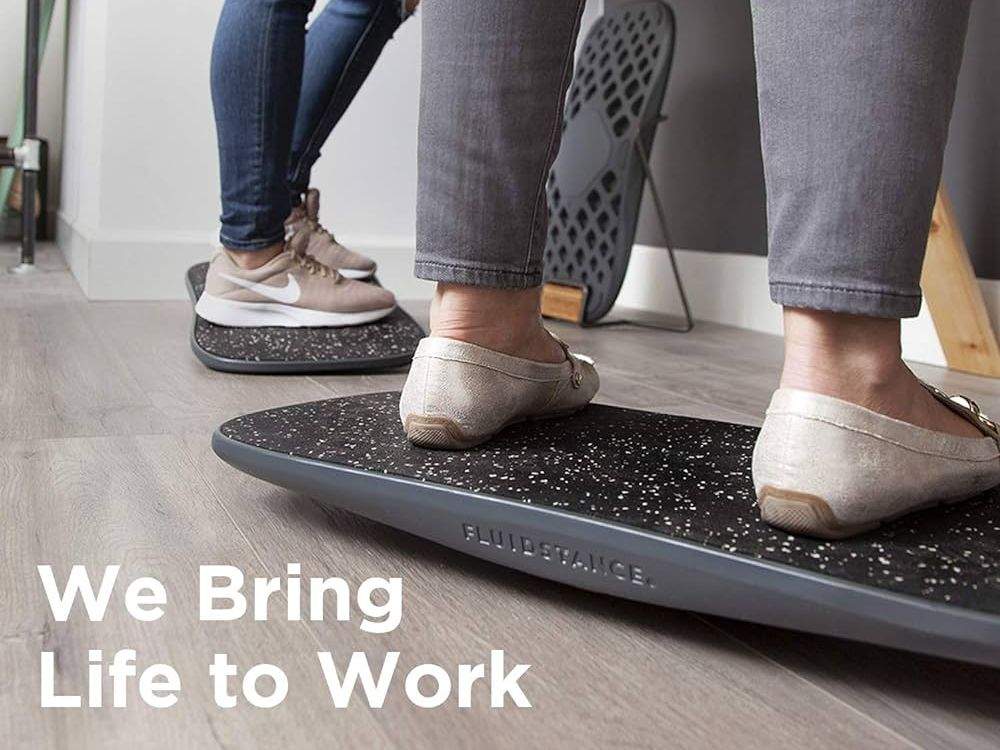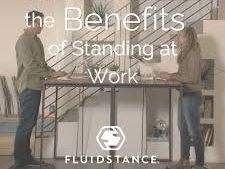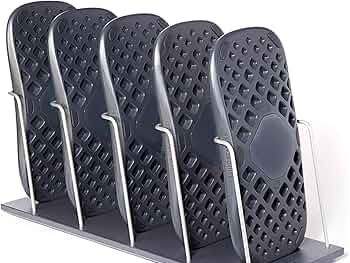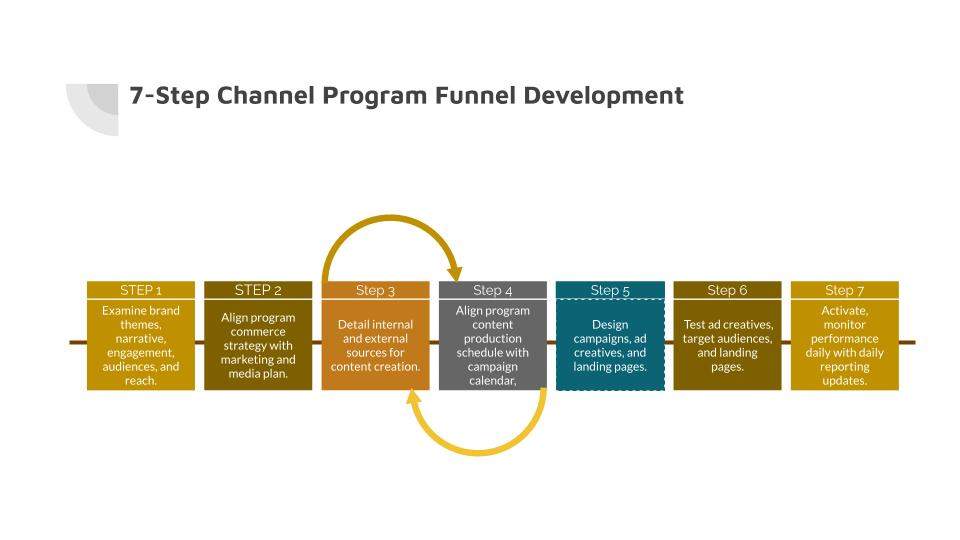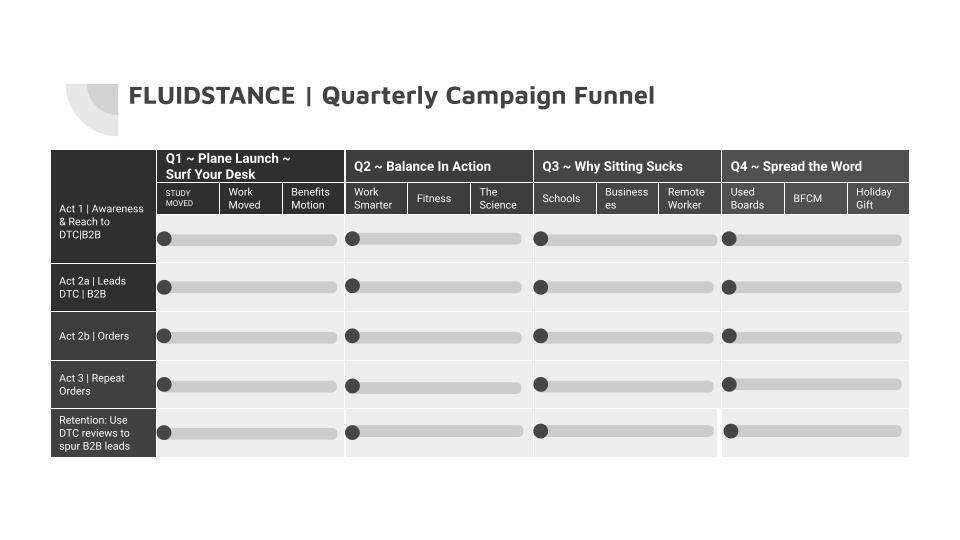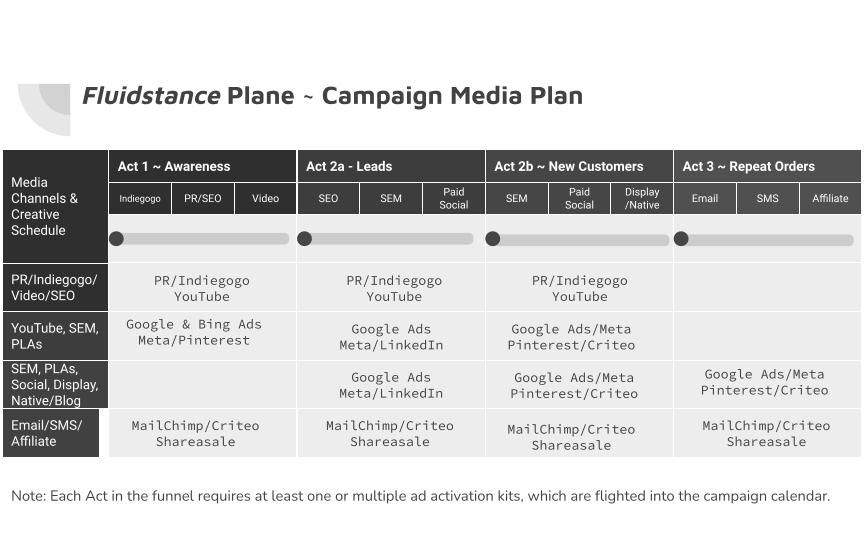FLUIDSTANCE
01 — Project details
Product Launch of the PLANE balance board
The Santa Barbara entrepreneur and product designer, Joel Heath, went maverick, created, and produced a bold and disruptive new product line to help people stay fit and productive while at work, a line of balance boards with a surf-style design that could be styled and adapted. Brilliant stuff, but he didn't stop there. You can see all these fantastic "workflow efficiency" products at Fluidstance.com.
02 — My Role
The product launch plan launched with an effective Kickstarter PR campaign.
The B2B-led marketing strategy hinged on a plan targeting corporations with cultures that prioritize employee happiness. Of course, standing desks are a prerequisite, and not every company has invested in standing desks for their people. In short, the B2B pitch had a long conversion pipeline with unforeseen blockers. As such, developing the DTC eCommerce business became essential to funding operations and offsetting the dragging B2B funnel. I was brought on to restructure the DTC customer acquisition funnel to be efficient and scalable. I quickly audited and remixed the media plan. The work over my first year readied the funnel for expanded merchandise and the PLANE launch.
03 — Campaign Goals & Challenges
The goals were to expand the category reach with a balance board that would be introduced at a price point approximately 30% less than the bestselling board. The DTC product marketing plan was developed to target parents of grade-schoolers who otherwise might not be exposed to the brand or product. The secondary customer target was in-office and remote working professionals with adjustable height desks. The hypothesis was that by extending to Amazon with the lower price point, we would widen the reach potential, and, if we could hit the conversion rate and new customer acquisition targets, then scale profitably. There was a concern that the lower priced board would canibalize sales of the proven bestsellers.
The new product was branded the PLANE, designed to broaden the customer base, by appealing to a B2B target: educational institutions (schools) with a lower price point and extending sales access to Amazon launch.
Q1 The New Plane
The year kicked off with the newest balance board called, the PLANE, a product designed with grade students in mind, leading with a value proposition that children will study more when in motion.
Q2 Balance in Action
Featuring workers on levels in different spaces and with standing desks was meant to demonstrate how the product adds motion, focus, and a playfulness to desk and screentime.
Q3 Why Sitting Sucks
Helping employers and workers buy into that standing more is better than sitting all the time, but that adding motion takes your workday to another level. (pun intended)
Q4 Spread the Word
Harvesting data from the previous three quarters, the goal was to use current customers and PR, especially organic social to encourage brand advocates to share their experience on board.
04 — Campaign Performance Summary
The campaign was a mixed bag.
The Plane launched in January and was positioned to target families with kids as the bullseye segment within the broader target of fit professionals working in-office and at home. This was 2017, and standing desks, while popular were not so much with grade school kids. So the concept of helping kids to be more productive by keeping them in motion while they study, while logical and a worthy mission to address that pain point, was, and still, in my view, a work in progress. The product sold to the same target as the rest of the product line had already been milking: a fitness forward desk worker with standing desks. In summary, the customer base did expand by selling to customers who would have otherwise chosen a less expensive balance board, but the product did not grow the category demographic.
Q4 Campaign KPI Performance
CVR
2.1% ( 2.5% target)
AOV
$172 ($185 target)
CAC
$23 ($25 target)
ROAS
342% (400% target)
YoY ECOM Performance
+104%
Increase in Repeat Orders
+112%
Increase in DTC orders
+103%
Increase in Revenue
+143%
Increase in MRR

